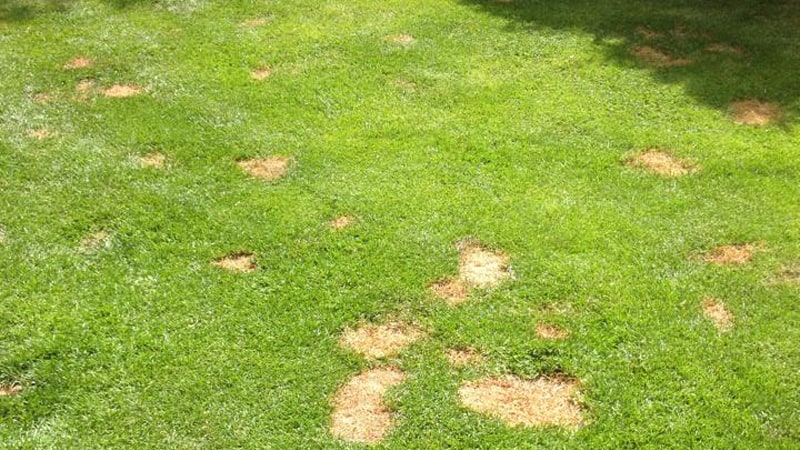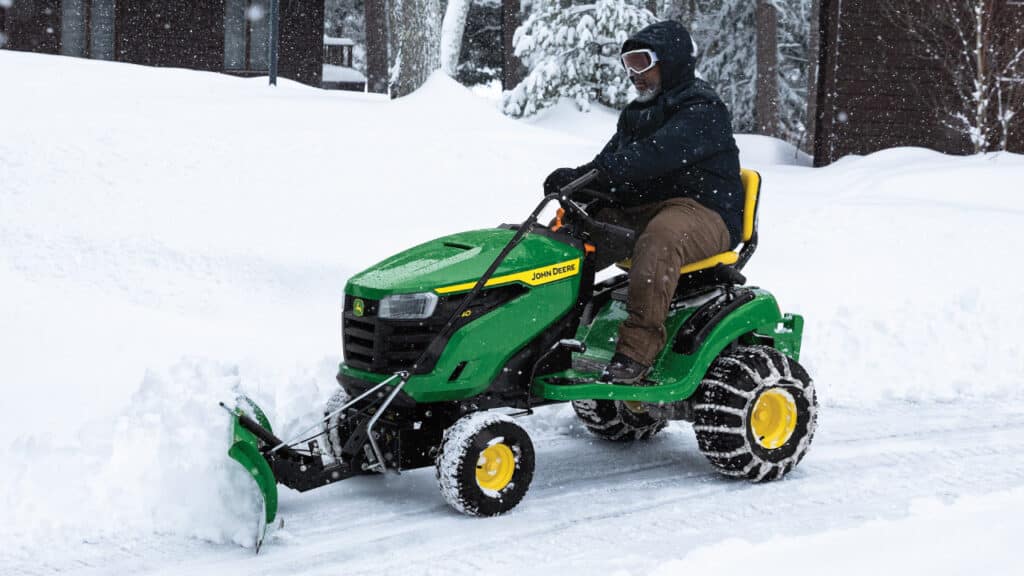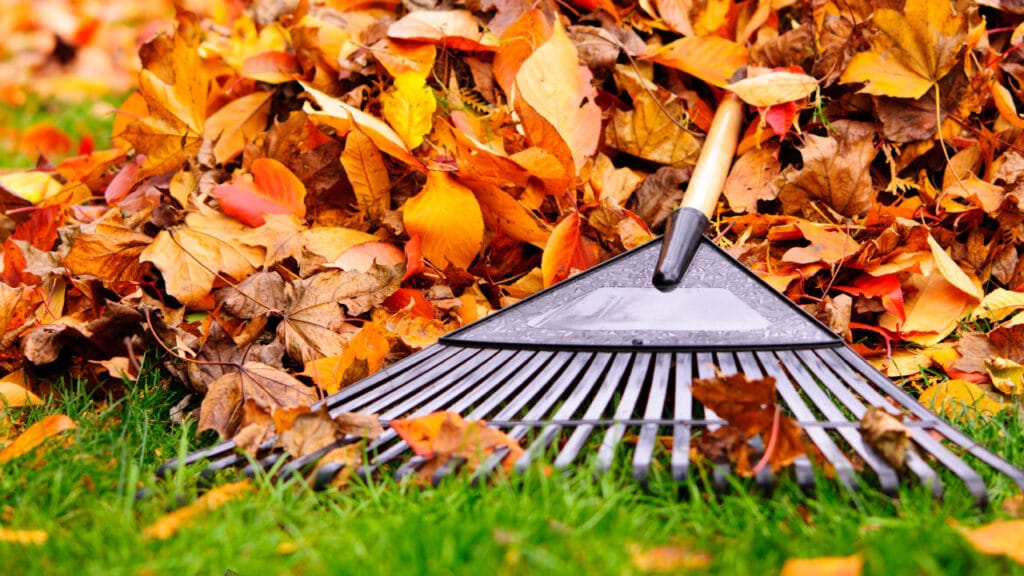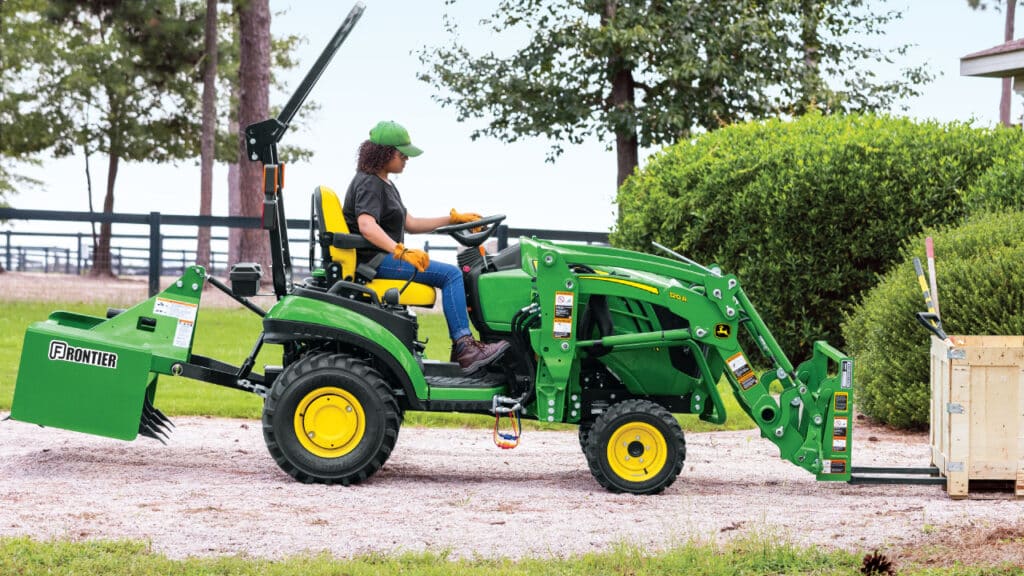
Undo The Damage Of Pet Spots, Winter Mold And More
If your lawn suffers from dead zones and unsightly brown blemishes, follow these simple tips to undo the damage and prevent it from happening again.
Step one is identifying what caused the imperfection in the first place. In Minnesota lawns, the list of potential culprits includes foliar and root diseases, fungi and even dog urine. Improper fertilizer or pesticide use, as well as poor mowing practices, can also be contributing factors.
University extension services, master gardeners and other local experts can help you quickly diagnose the problem and prescribe the perfect cure.
On the fungal front, for example, snow mold is a common disease that typically appears in early spring as winter’s snow leaves the landscape. Look for circular, straw-colored patches, often with a matted appearance and colored fungal growth.
Snow mold begins growing beneath the snow at temperatures slightly below freezing, and can continue after snowmelt in cool, wet conditions. Fortunately, the damage is seldom serious. Lightly raking the area to promote drying usually does the trick, but fungicides may be necessary in extreme cases. To prevent future outbreaks, avoid excessive nitrogen applications in the fall; rake or bag leaves in autumn; manage thatch thickness; and spread out large snow piles to facilitate fast melting.
Dog urine is another common cause of trouble spots, which often appear as a small, round dead patch, sometimes surrounded by a ring of green grass. The problem is nutrient overload, which can be compounded in hot, dry weather.
The solution? Spraying water onto the area where your dog urinated can help prevent dead spots, provided you do it within a few minutes after your pet relieved itself. Dietary supplements (all-natural products such as GreenSaver by NaturVet or Dog Rocks) a balanced diet and adequate hydration can also reduce the potency of your pet’s urinary “firepower.” Top options to repair existing pet damage include reseeding or laying a patch of fresh sod.
The list of enemies ready to wreak havoc on your lawn is a long one. But, like snow mold and pet spots, prevention is generally the best medicine. When damage does occur, identify the problem and take steps to remedy the situation as soon as possible.
Written by: Dan Johnson


 MyME
MyME



